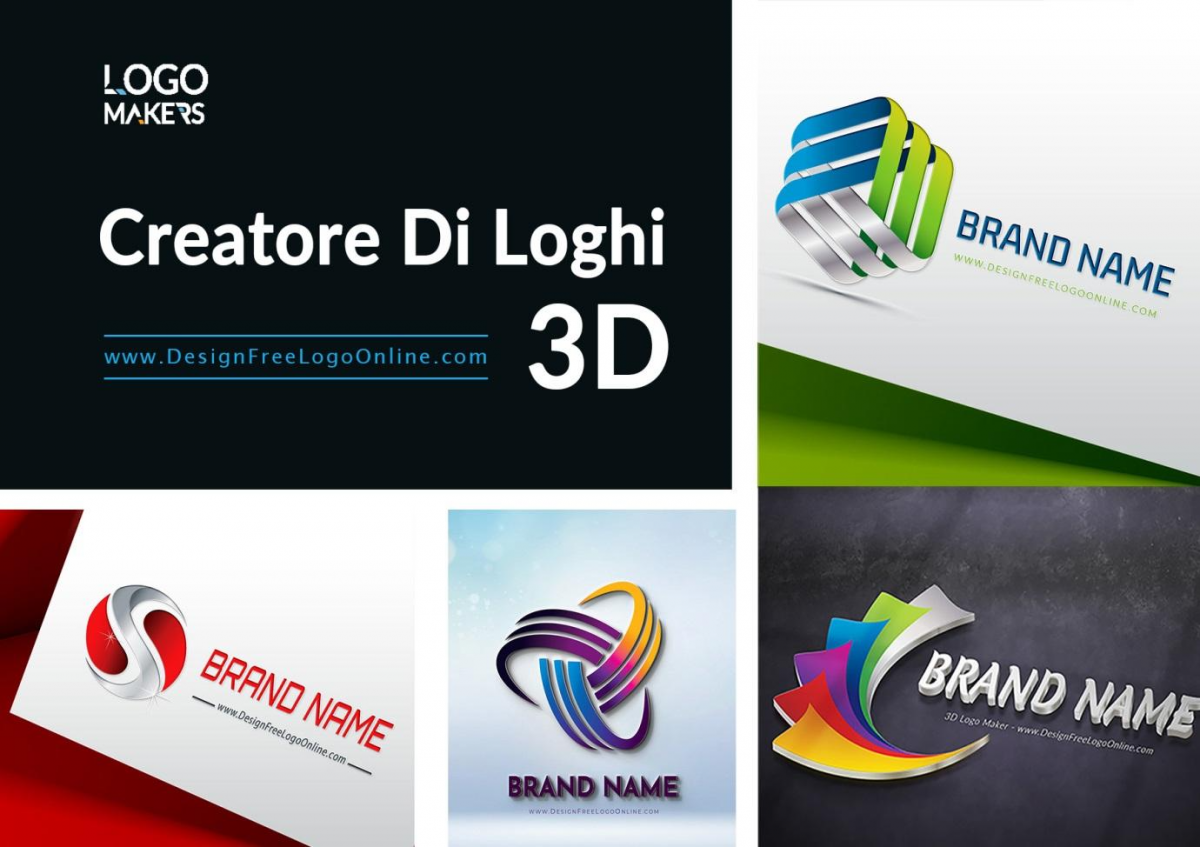introduction:
In recent years, 3D modeling has emerged as a powerful tool with vast applications in various industries. However, its potential in education is just beginning to be realised. From virtual simulations and interactive visualizations to hands-on learning experiences, 3D modeling offers a range of opportunities to enhance the educational process. This blog explores the future of 3D modeling in education, highlighting the opportunities it presents and the challenges ahead.
opportunities in education:
Enhanced Visual Learning: 3D models provide a more immersive and engaging way to present complex concepts. Whether it’s a representation of human anatomy or a model of the solar system, students can explore and interact with the 3D models, gaining a deeper understanding of the subject.
Virtual Simulations: 3D modeling enables the creation of realistic virtual simulations, allowing students to experience real-world scenarios without leaving the classroom. For example, students studying engineering can simulate building a bridge or assembling a machine, fostering practical problem-solving skills.
Multi-disciplinary learning: 3D modeling transcends traditional disciplinary boundaries, making it an ideal tool for multi-disciplinary learning. Students can combine concepts from different subjects, such as history and geography, to create interactive models that provide a comprehensive understanding of a particular time or event.
Accessibility and inclusiveness: 3D modeling can accommodate different learning styles and accommodate students of different abilities. Visual learners can benefit from interactive 3D models, while tactile learners can use 3D printed objects. Additionally, students with disabilities can experience subjects in new ways through assistive technologies and virtual environments.
Collaboration and Creativity: 3D modeling encourages collaboration and fosters creativity among students. Through group projects, students can collaborate on the design and construction of 3D models, promoting teamwork, communication and problem-solving skills. In addition, students can express their creativity by designing their own models, bringing their ideas to life.
challenges to face:
Access to technology: One of the main challenges is ensuring access to the technology and software needed for 3D modeling. Schools with limited resources can struggle to provide students with the necessary hardware and software, hindering the widespread adoption of 3D modeling in education.
Training and Professional Development: Educators need appropriate training and professional development opportunities to effectively integrate 3D modeling into their teaching practices. It is imperative to invest in teacher training programs and provide ongoing support to ensure educators can use 3D modeling tools to their full potential.
Content Development: Developing high-quality 3D models for educational purposes can be a time-consuming and resource-consuming process. Collaborations between educators, content developers, and 3D modeling experts are needed to create a diverse library of educational models that align with the curriculum.
Curriculum Integration: Integrating 3D modeling into existing curricula requires careful planning and alignment. Educators need to identify appropriate learning objectives and design activities that effectively exploit the potential of 3D modeling tools. Coordination with curriculum developers can facilitate this integration.
Ethical Considerations: As with any technology, ethical considerations must be addressed when using 3D modeling in education. Privacy issues, intellectual property rights, and ensuring responsible use of 3D modeling tools are essential issues that educators and institutions need to address.
Integration with STEM Education:
The integration of 3D modeling into STEM (science, technology, engineering, and math) education is particularly promising. Students can use 3D modeling to design and simulate science experiments, visually explore mathematical concepts, and apply engineering principles to solve real-world problems. By incorporating 3D modeling into STEM education, students can develop the critical thinking, problem solving, and analytical skills that are essential for future careers in these fields.
Augmented reality (AR) and virtual reality (VR) applications:
Augmented reality (AR) and virtual reality (VR) technologies complement 3D modeling in education by providing immersive and interactive experiences. AR allows students to overlay virtual 3D models onto the real world, creating an enhanced learning environment. VR, on the other hand, transports students into fully virtual environments, allowing them to explore historic sites, distant planets, or microscopic organisms. These technologies enhance student engagement and create memorable learning experiences.
3D Printing in Education:
Integrating 3D printing with 3D modeling opens up new possibilities in education. Students can design and prototype objects, bringing their ideas to life. From architectural models to anatomical structures, 3D printing allows students to physically interact with their creations, promoting hands-on learning and stimulating creativity. Additionally, 3D printing can be used for rapid prototyping in engineering and design courses, allowing students to iterate and improve their designs efficiently.
Career preparation and industry applications:
As quoted by Academic Masters , 3D modeling expertise has become increasingly valuable in the job market. By introducing 3D modeling into education, students can develop in-demand skills in fields such as architecture, engineering, product design, animation, and gaming. The ability to create and manipulate 3D models provides a competitive edge for future career opportunities and prepares students for the evolving technology landscape.
Global collaboration and cultural understanding:
With 3D modeling, students can collaborate on projects with colleagues from around the world, transcending geographic boundaries. By sharing 3D models and working together on virtual simulations, students gain exposure to different perspectives and cultures, fostering global collaboration and promoting cultural understanding. This enhances their ability to work in multicultural environments and prepares them for a globally interconnected world.
Lifelong learning and personal development:
3D modeling in education promotes lifelong learning by encouraging students to explore their interests and passions. It nurtures curiosity, creativity and self-expression, enabling students to pursue personal projects and develop specialist skills. As students engage in continuous learning and experimentation with 3D modeling, they gain transferable skills such as adaptability, problem solving, and innovation that are invaluable outside the classroom.
Gamification and interactive learning:
Integrating 3D modeling into free educational games and interactive learning experiences can dramatically improve student engagement. Gamification techniques, such as reward systems, challenges, and leaderboards, can be incorporated into 3D modeling activities, making the learning process more enjoyable and motivating for students. This approach encourages active participation, problem solving and healthy competition, fostering a positive learning environment.
Conservation of Cultural Heritage and Virtual Museums:
3D modeling can contribute to the conservation and exploration of cultural heritage. By creating digital replicas of historical artefacts, archaeological sites or cultural landmarks, students can virtually visit and interact with these important heritage sites. Virtual museums and exhibitions allow students to explore and learn about different cultures and historical periods, bridging the gap between traditional education and cultural heritage.
Personalized and adaptive learning:
3D modeling in education opens up possibilities for personalized and adapted learning experiences. With the ability to create custom 3D models, educators can tailor learning materials to fit individual students’ needs, interests, and learning styles. Adaptive learning platforms can use student data and analytics to provide personalized feedback and recommendations, ensuring students receive targeted support and challenges based on their progress and ability.
Environmental and sustainability education:
3D modeling can play a significant role in environmental and sustainability education. Students can create 3D models to simulate environmental processes, explore ecosystems and understand the impact of human activities on the environment. By visualizing and analyzing data related to climate change, renewable energy or sustainable design, students can develop a deeper understanding of environmental issues and become advocates for a more sustainable future.
Professional collaboration and industrial partnerships:
Engaging with industry professionals and experts is critical to bridging the gap between education and the workforce. 3D modeling can facilitate collaborations between students, educators and professionals from various industries. Through industry partnerships, students can gain real-world insights, receive feedback on their 3D modeling projects, and explore potential career paths. These partnerships also enable educators to align their teaching with industry standards and trends, ensuring students are prepared for future job demands.
Data visualization and analysis:
3D modeling can be used as a powerful tool for visualizing and analyzing data on different topics. By representing complex data sets in 3D models, students can understand and interpret information more effectively. Whether visualizing scientific data, analyzing geographic information, or understanding mathematical concepts, 3D modeling allows for a more intuitive and interactive exploration of data, improving data literacy skills among students.
Ratings and Evaluation:
3D modeling can revolutionize the assessment and assessment methods used in education. Traditional paper assessments can be transformed into interactive activities where students demonstrate their understanding by creating and manipulating 3D models. This form of assessment encourages higher order thinking, problem solving and creativity. Additionally, educators can assess students’ spatial awareness, design skills, and ability to communicate ideas effectively through their 3D models.
Remote and remote learning:
The COVID-19 pandemic has highlighted the importance of remote and distance learning. 3D modeling can play a crucial role in creating engaging and interactive virtual learning environments. Students can access 3D models and simulations remotely, enabling hands-on learning experiences from anywhere. Virtual collaboration tools allow students to work together on 3D modeling projects, fostering social interaction and collective problem solving even in remote learning settings.
Ethical and social implications:
Integrating 3D modeling into education requires addressing the ethical and social implications. Students must be educated in responsible digital citizenship, copyright laws and the ethical use of 3D models. Educators must emphasize the importance of respecting intellectual property rights, fostering a culture of digital ethics, and promoting inclusiveness and diversity in the creation and use of 3D models.
Professional Development for Educators:
To unlock the full potential of 3D modeling in education, it is critical to provide continuing professional development opportunities for educators. Training programs, workshops, and online resources can equip educators with the knowledge and skills they need to effectively integrate 3D modeling into their teaching practice. Collaboration between educators, instructional designers, and technology experts can support the development of best practices and pedagogical approaches for using 3D modeling in the classroom.
Future technological advances:
As technology continues to advance, the future of 3D modeling in education offers even more possibilities. Advances in virtual reality, haptic feedback, and artificial intelligence will further enhance the immersive and interactive nature of 3D modeling experiences. These developments can allow students to interact with 3D models using gestures, voice commands or even haptic feedback, creating even more realistic and dynamic learning environments.
Open Source and Community Collaboration:
Open source 3D modeling software and platforms have gained popularity in recent years. These platforms provide access to a wealth of tools and resources, enabling educators and students to collaborate, share ideas and learn from each other. The open source community fosters innovation and enables the continuous development and improvement of 3D modeling tools for educational purposes. By actively participating in this community, educators can contribute to the growth and evolution of 3D modeling in education.
Interdisciplinary integration:
3D modeling can be integrated into various subjects, promoting interdisciplinary learning experiences. For example, in a history lesson, students can recreate historical events or architectural structures using 3D modeling. In literature lessons, students can bring characters and scenes from novels to life through 3D models. By integrating 3D modeling into multiple subjects, students can make connections between different disciplines and develop a holistic understanding of the world.
Language learning and communication skills:
3D modeling can be a valuable tool for learning languages and improving communication skills. Students can create 3D models to visually represent vocabulary words, practice describing objects or scenes, or even build narratives using their models. This hands-on approach improves language acquisition and fluency while promoting creativity and critical thinking in the language learning process.
Real-world applications and troubleshooting:
3D modeling enables students to tackle real-world problems and challenges. By designing solutions, prototypes or inventions using 3D modeling services, students develop problem solving and critical thinking skills. For example, in an engineering class, students may create models to address sustainability issues or design functional structures. This application-oriented approach prepares students for real-world problem-solving scenarios and encourages innovation and creativity.
Multimodal learning and differentiated education:
3D modeling caters to different learning styles and allows for differentiated education. Visual learners can benefit from the visual representations provided by 3D models, while auditory learners can engage in discussions and presentations about their models. Kinesthetic learners can physically interact with 3D printed models, enhancing their understanding through tactile experiences. This multimodal approach ensures that students with different learning preferences can interact effectively with the content.
Global collaboration and cultural exchange:
La modellazione 3D apre le porte alla collaborazione globale e allo scambio culturale tra studenti provenienti da diverse parti del mondo. Attraverso piattaforme online e aule virtuali, gli studenti possono collaborare a progetti di modellazione 3D, condividendo le loro prospettive e conoscenze culturali. Questo ambiente di apprendimento collaborativo e multiculturale promuove l’empatia, la comprensione e l’apprezzamento delle diverse culture, promuovendo la cittadinanza globale tra gli studenti.
Imprenditorialità e innovazione:
By integrating 3D modeling into entrepreneurship and innovation courses, students can develop essential skills for the future. They can design and prototype products, create business models and present their ideas using 3D models. This hands-on experience enables students to explore their entrepreneurial potential, fosters innovation and creativity, and prepares them for the dynamic and changing world of business and technology.
Conclusion:
The future of 3D modeling in education offers broad possibilities for cross-curricular integration, language learning, real-world applications, and differentiated education. By incorporating 3D modeling into various subjects, educators can provide immersive and engaging learning experiences that promote critical thinking, problem solving, and innovation. Additionally, global collaboration, entrepreneurship and cultural exchange are facilitated through the use of 3D modeling. As educators embrace these opportunities, students will be better equipped with the skills and knowledge needed to thrive in the ever-changing landscape of the 21st century.



